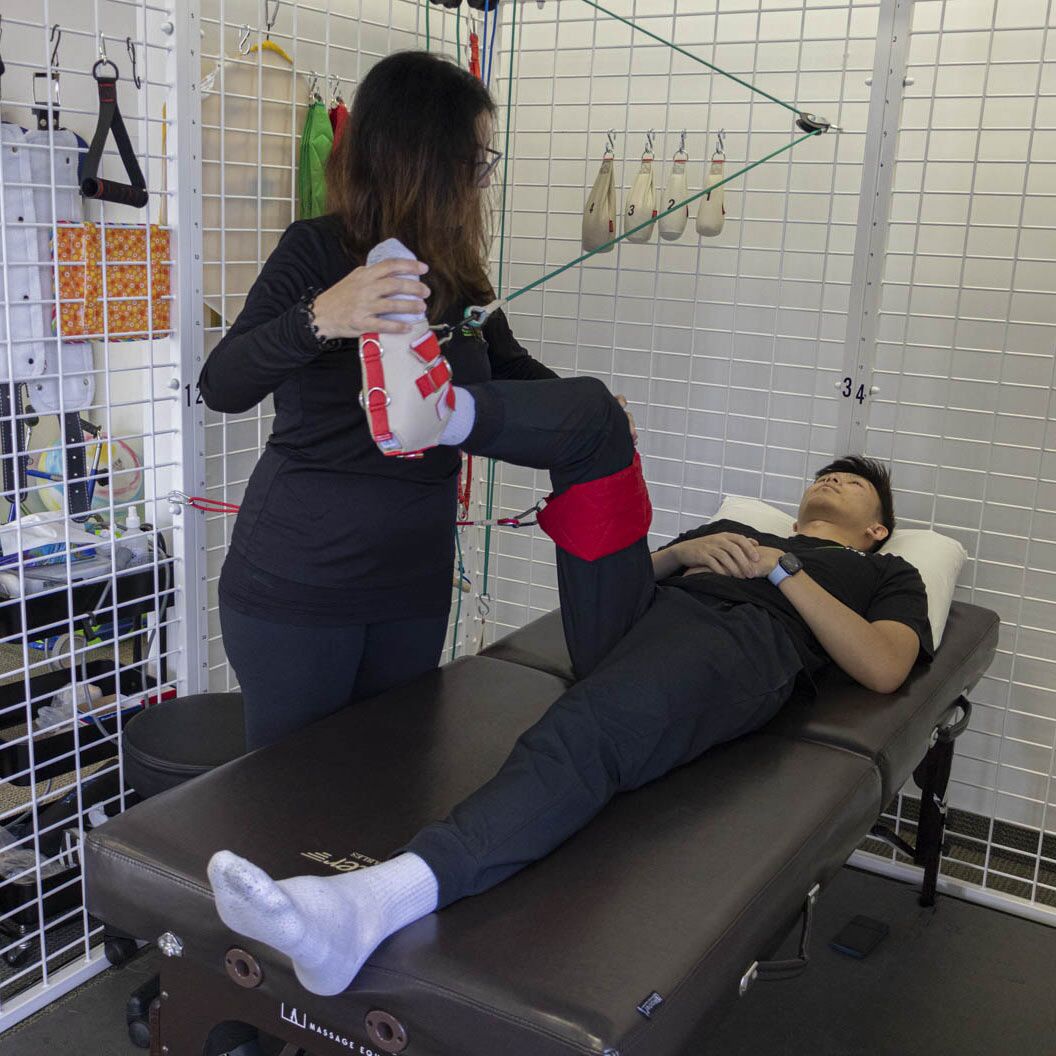Investigating the Synergistic Function of Physical Rehabilitation in Enhancing Pain Control Strategies
Wiki Article

Physiological rehabilitation plays a critical function in managing discomfort for numerous individuals. Discomfort can occur from various issues, such as injuries, operations, or chronic conditions. While drugs are often used to relieve pain, they may not consistently be the best solution due to potential adverse effects or addiction issues. This is where physiological therapy comes in as a supportive approach. By concentrating on movement, power, and agility, physical rehabilitation specialists help patients recover function and diminish pain through specific exercises and techniques.
One of the primary approaches physiological therapists use is workout therapy. This includes specific workouts designed to fortify muscles, enhance flexibility, and enhance overall bodily performance. For example, a client recovering from leg surgery may participate in exercises that progressively increase their scope of motion and power. These exercises not only help in lessening pain but also avert future traumas by promoting better mobility patterns. Additionally, physiological therapists frequently tailor workout programs to satisfy the individual requirements of each patient, guaranteeing that they receive the best effective treatment available.
Another important component of physiological therapy is hands-on therapy. This physical approach comprises methods such as manipulation, articular movement, and adjustment. Manual treatment can help alleviate muscular tension, improve circulation, and diminish discomfort. For physical therapy for pre and postnatal care instance, a therapist may use manipulation techniques to alleviate tightness in the back, which can lead to significant pain reduction. By tackling the root problems leading to pain, hands-on treatment can improve the overall effectiveness of pain management strategies.
Education is also a crucial aspect of physiological rehabilitation. Physiological therapists take the time to inform clients about their issues and the importance of maintaining an engaged way of life. Comprehending the origins of pain and the benefits of physical activity can enable clients to assume control of their health. Therapists often provide advice on proper body mechanics and posture, which can help avert discomfort from returning. This educational aspect encourages a cooperative relationship between the therapist and the patient, leading to improved results in pain management.
In conclusion, physiological rehabilitation acts as a important resource in enhancing pain control approaches. By integrating exercise therapy, manual techniques, and patient instruction, physiological therapists tackle discomfort from various angles. This holistic method not only helps alleviate existing discomfort but also prepares clients with the knowledge and tools to control their well-being in the long run. As an increasing number of individuals seek options to medication for pain alleviation, the importance of physical therapy will persist to expand in importance, offering assistance and enhanced quality of life for numerous.